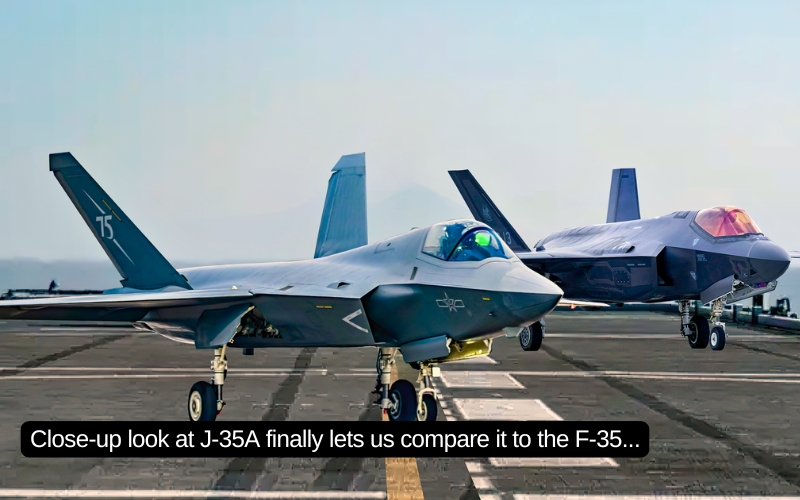The United States Air Force has conducted trials of a beam director designed to operate high-speed airborne directed energy lasers, providing a 360-degree field of view.
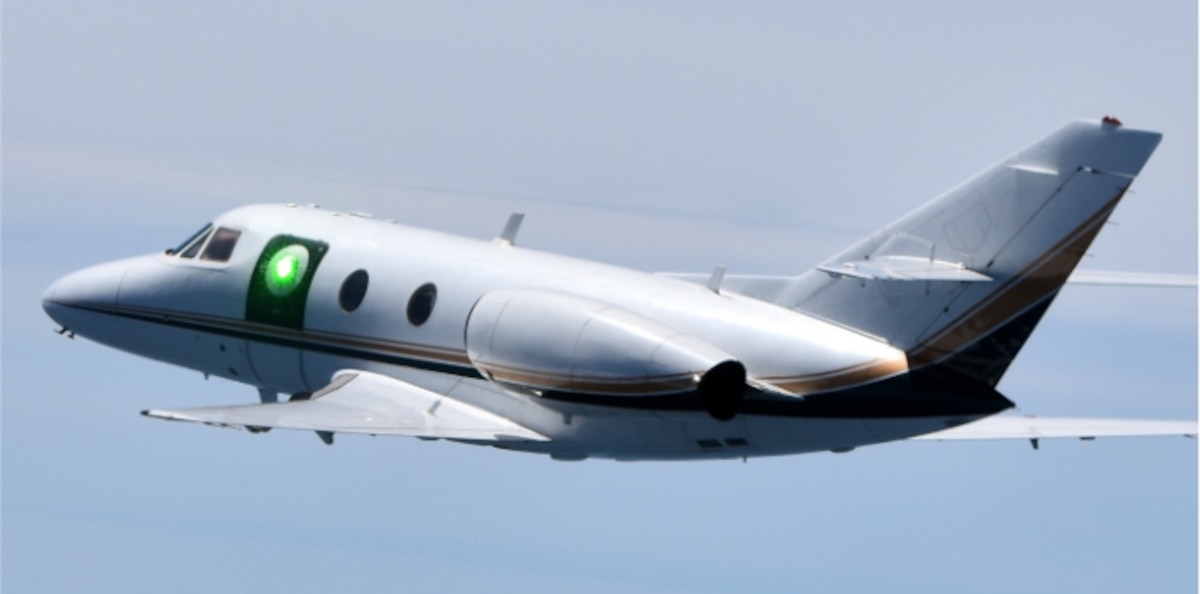
The HARDROC team, short for Hybrid Aero-Effect Reducing Design with Realistic Optical Components, has developed and tested a small-scale beam director with low power.
The purpose was to assess the effectiveness of different aerodynamic flow control methods in reducing distortions on a laser beam emitted from a fast-moving airborne platform.
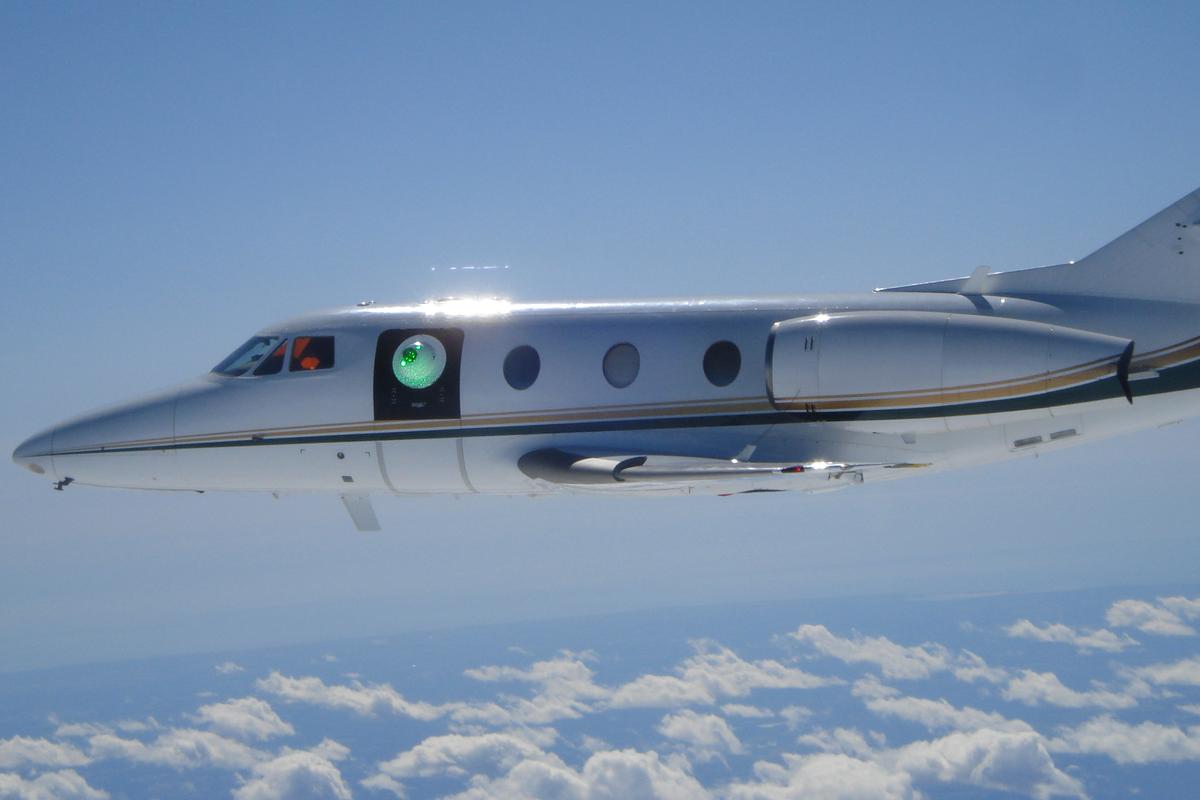
Demonstrating the overall effectiveness of the HARDROC Program relied on integrating advanced flow-control techniques with realistic optical components.
AFRL enlisted the services of MZA Associates, an expert in the field of High Energy Laser (HEL) and advanced optical systems, to develop a scaled-down system suitable for testing in a wind tunnel or on an aircraft.
To ensure functionality and performance under various conditions, the designed system underwent ground testing in both an environmental chamber and a wind tunnel.
The culmination of this testing phase involved flight tests on a business jet during the summer and autumn of 2022. Throughout these flight tests, the aircraft operated at high speeds, and a diverse array of sensors was employed to measure aerodynamic disturbances.
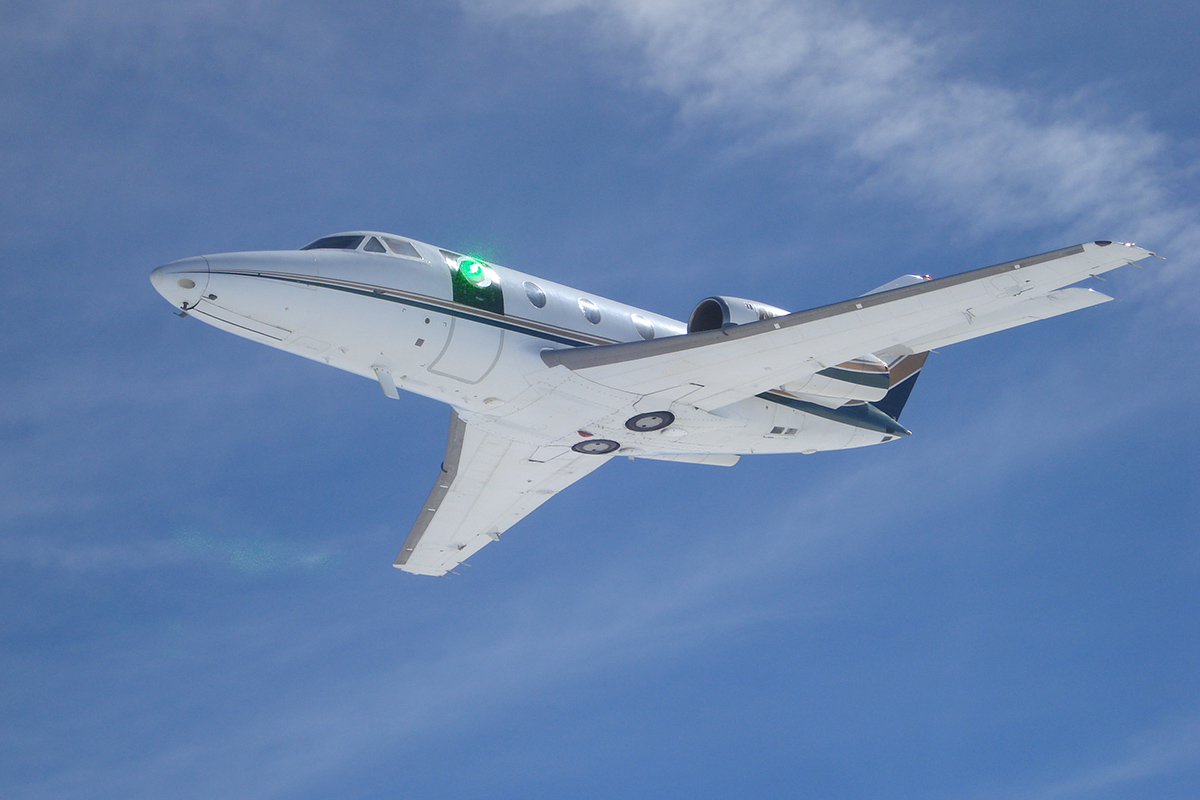
The collected data from the flight tests demonstrated that the HARDROC beam director expands the operational capabilities of airborne directed energy systems.
It provides a 360-degree field of view across a wide range of speeds, all while maintaining a smaller size, reduced weight, and lower power consumption (SWaP) compared to other turrets available in the field.
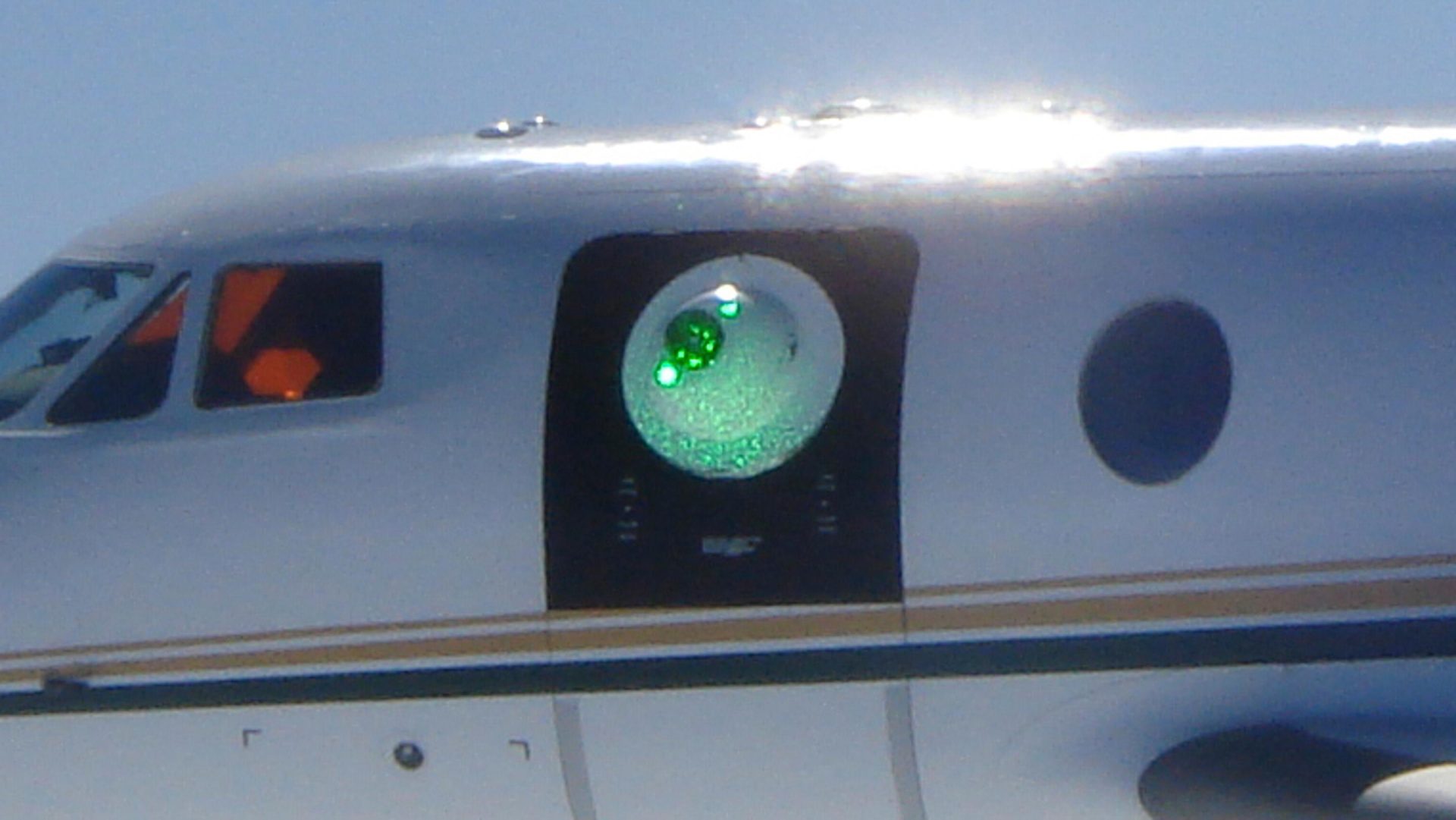
“The HARDROC beam director is a leap forward in technology to minimize aerodynamic degradations,” said Rudy Johnson, HARDROC program manager.
“This series of flight tests demonstrated the effectiveness of flow control to reduce the aerodynamic effects on the beam director,” he added.









